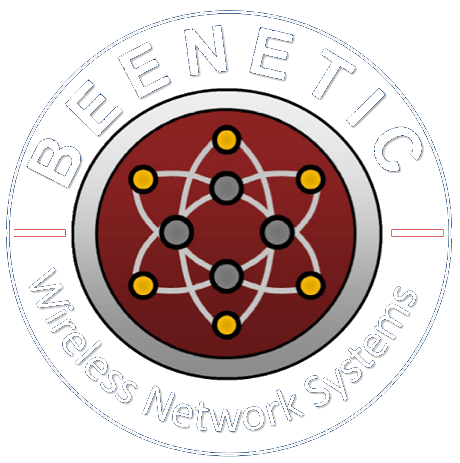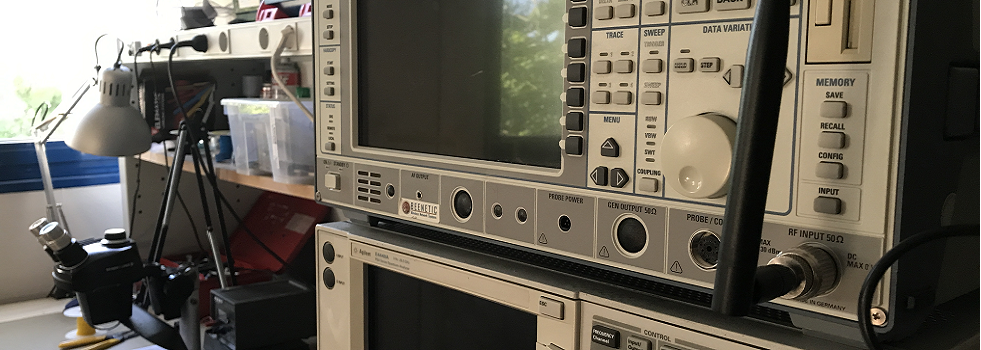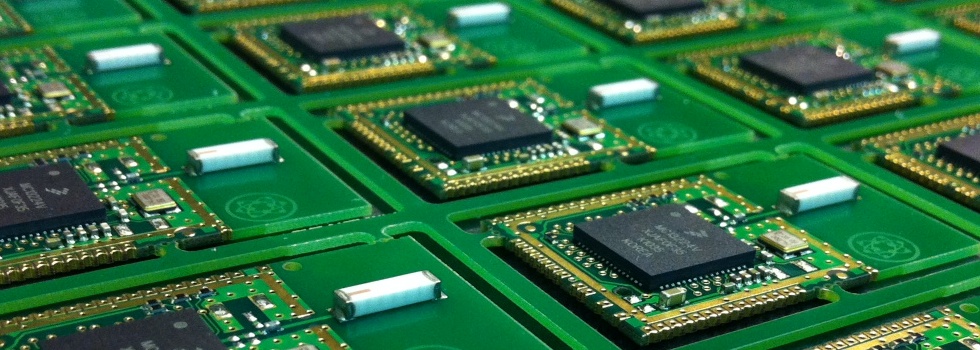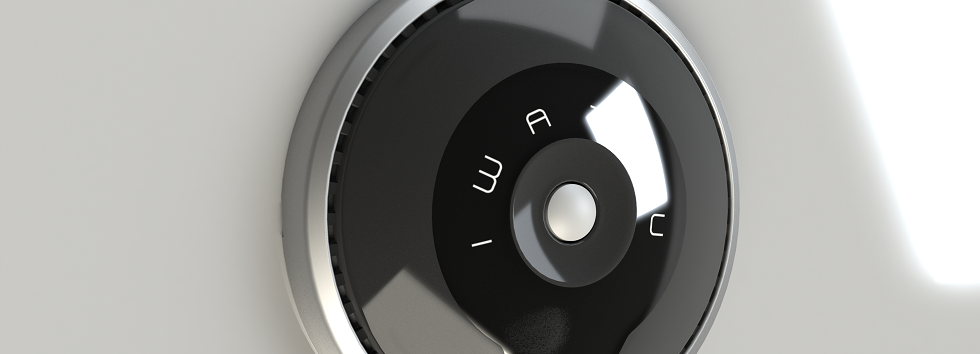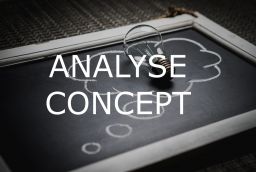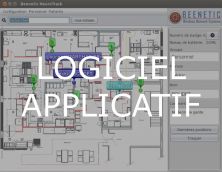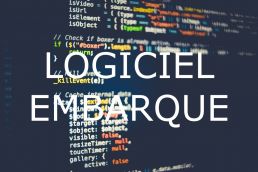It finds itself in the way of conceiving our solutions; It maximizes the added value we want to bring to our customers, and more so we bring it to our connected objects.
In terms of innovation, the most important step in the design process is the first: the most precise definition of the product concept, even before discussing the specifications. This is one of the most interesting since it often involves work of creation, questioning, evaluation. It builds the added-value of the product and its differentiation (even its "disruption"). A good dose of intelligence is required to achieve an attractive, new, economically viable concept that can respond to problems and / or create new uses.
Intelligence is also integrated (pseudo-intelligence of course) into the objects themselves, on several levels:
- The ability to propagate information between objects (mesh networks), a rather spectacular (and effective) declination of the notion of IOT
- The ability to perform (increasingly powerful) calculations and make decisions independently (critical in a world where the cost of data transfer to the cloud is critical)
We get out of a world of simple automation (M2M) for a world where objects (with the most possible control) acquire data control, storage and transport. We must of course remain vigilant in applying the rules necessary to manage this new autonomy.

